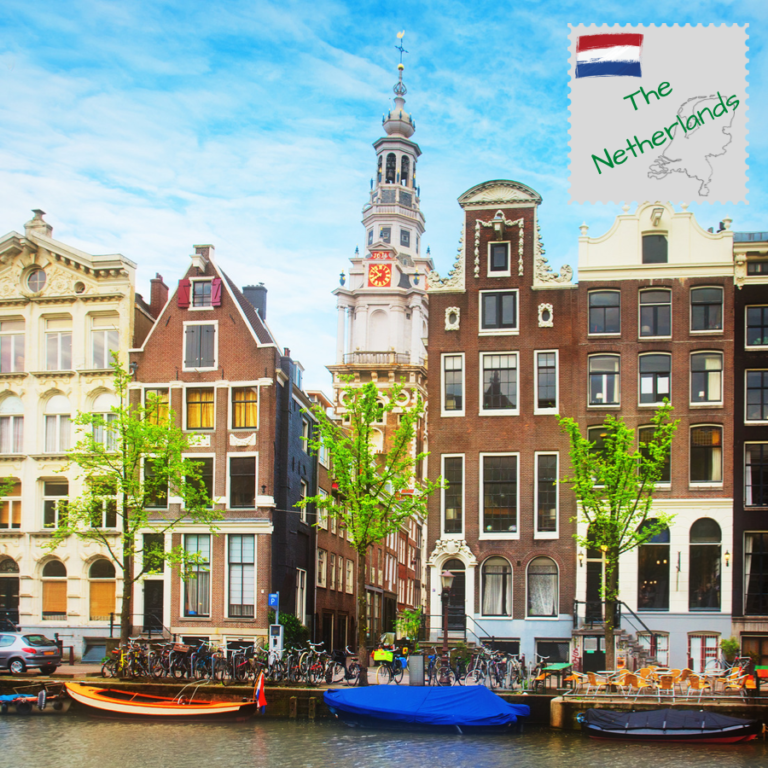
The Netherlands will forever be a home away from home. I spent many summers in a small village, just outside of Amsterdam. Biking along the dams and exploring the tiny country that truly has a lot to offer are just a few simple memories that come to mind. The Netherlands is bordered by the North Sea to the north and west, by Germany to the east, and by Belgium to the south. While small, it is one of the most densely populated counties in Europe and part of a flat, low coastal region. Like many other European nations, the Netherlands has a strong historical foundation and even offers its own attractions for the dark tourist as it was a nation invaded by German Nazis during World War II and was once home to Anne Frank.


The official language of the Netherlands is Dutch, spoken by almost all people in the Netherlands. Dutch is also spoken and official in Aruba, Bonaire, Belgium, Curaçao, Saba, Sint Eustatius, Sint Maarten, and Suriname. It is a West Germanic, Low Franconian language that originated in the Early Middle Ages (c. 470) and was standardized in the 16th century.

Cash is commonly used for everyday purchases throughout the Netherlands. The Netherlands uses the euro (€). Denominations of the currency are €5, €10, €20, €50, €100, €200 and €500 notes, and €0.05, €0.10, €0.20, €0.50, €1 and €2 coins (amounts under €1 are called cents).

The Netherlands is a party to the Schengen Agreement. This means that U.S. citizens may enter the Netherlands for up to 90 days for tourist or business purposes without a visa. Your passport should be valid for at least three months beyond the period of stay. You need sufficient funds and a return airline ticket.

Netherlands is a Go Roam in Europe destination so you won’t be charged for using up to 20GB of data – it’ll simply come out of your allowance. After that, a small surcharge applies. Free wi-fi is widespread in hotels, restaurants, bars, and coffee shops (you may need to ask for the code), as well as many tourist offices and other public places. To search for free wi-fi hot spots in the Netherlands, visit www.hotspot-locations.com.

The Dutch do tip, but modestly. Hotel porters €1 to €2. Restaurants round up, or 5% to 10%. Taxis 5% to 10%

ATMs are widely available. Credit cards are accepted in most hotels, but not all restaurants, cafes, and shops. Non-European credit cards are quite often rejected. ATMs, aka cash machines, can be found outside most banks and at airports and most train stations. Credit cards such as Visa and MasterCard/Eurocard are widely accepted, as well as cards from the Plus and Cirrus networks. Using an ATM can be the cheapest way to exchange your money from home, but check with your home bank for service charges before you leave.

You need a power plug adapter in the Netherlands (Holland) when living in the United States of America. You also need a voltage converter. Be extra careful with certain appliances because of the difference in frequency. In the Netherlands (Holland) the power plugs and sockets are of type C and F. The standard voltage is 230 V and the standard frequency is 50 Hz.

The best time weather-wise is from mid-April to mid-October. July and August are the peak months for visitors. The weather overall is never severely cold or hot as the temperatures are influenced by the North Sea (the Netherlands has a maritime climate). Most rain falls occur in the winter and it can feel damp and chilly.
Usually booked by phone – officially you’re not supposed to wave them down on the street – taxis also wait for outside train stations and hotels and cost roughly €12 to €15 for 5km. Even short trips in town can get expensive quickly.
Cheaper and slower than trains but useful for remote villages not serviced by rail. Buses are used for regional transport rather than for long distances, which are better traveled by train. They provide a vital service, especially in parts of the north and east, where trains are less frequent or nonexistent. The fares are zone-based. You can usually buy a ticket on board from the driver (aka a single-use, disposable OV-chipkaart; €2 to €5 for modest distances), but most people pay with a credit-loaded OV-chipkaart.
Short- and long-distance bike routes lace the country and you are often pedaling through beautiful areas. All but the smallest train stations have bike-rental shops, as does every town and city. The Netherlands is extremely bike-friendly and a fiets (bicycle) is the way to go. Many people have the trip of a lifetime using nothing but pedal power. Most modes of transport, such as trains and buses, are friendly to cyclists and their bikes. Dedicated bike routes go virtually everywhere. Most locals who want to get to Vieques and Culebra take the ferry from Fajardo. It lasts about two hours and will get you there safely. However, it’s packed on long weekends and popular holidays, and service can be spotty. You can also take a car on the ferry, but the ferry service for cars is much more infrequent and less reliable.
Good for visiting regions with minimal public transport. Drive on the right.
Service is fast, distances short, and trains frequently; buy an OV-chipkaart to get cheaper tickets and use on other forms of public transport too.
The Netherlands is not known for its cuisine, but you should try at least some of the traditional Dutch food. Dutch cuisine is formed from the cooking traditions and practices of the Netherlands. The country’s cuisine is shaped by its location in the fertile North Sea river delta of the European Plain, giving rise to fishing, farming (for crops and domesticated animals), and trading over the sea, its former colonial empire, and the spice trade. Traditionally, Dutch cuisine is simple and straightforward, with many vegetables and little meat: breakfast and lunch are typically bread with toppings like cheese, while dinner is meat and potatoes, supplemented with seasonal vegetables. The diet contains many dairy products and was relatively high in carbohydrates and fat, reflecting the dietary needs of the laborers whose culture molded the country. Without many refinements, it is best described as rustic, though many holidays are celebrated with special foods.
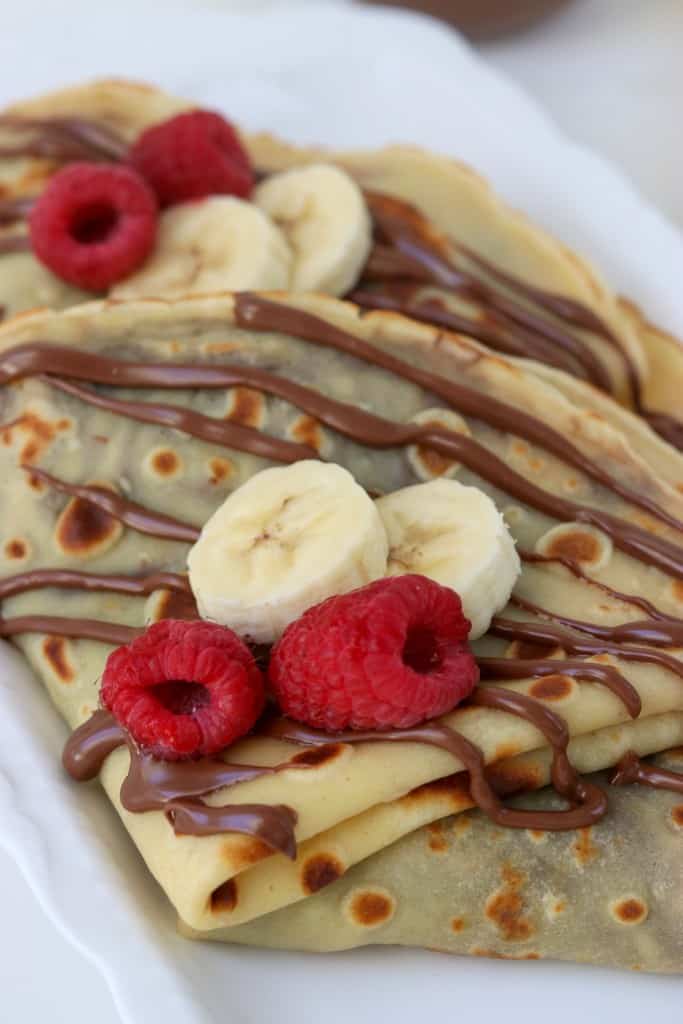
Can you already imagine sitting in the morning sun with a view of the water or a beautiful castle garden? Wake up in the middle of nature, romantically on a small boat or with the entire family in a tree hut. Make your city trip even more special with an overnight stay in a designer hotel, former penitentiary, or your own city residence.
The Netherlands follows the international star rating system, from basic one-star hotels to uber-luxurious five-star options. Hotels with more than 20 rooms are considered large by Dutch standards. You can find many Western and European chains in the Netherlands, but the country has some favorite homegrown brands as well.
Van der Valk is the largest hospitality chain in the country, with more than 60 branches in the Netherlands, and is known for its reliably clean, basic, and affordable rooms. A more upscale popular chain is Golden Tulip Hotels, which was founded in the Netherlands in 1962 when six independent hotels merged. Some of the nicest properties in the country are canal houses, usually historic homes overlooking a canal. The houses are typically narrow, tall, and deep, with doors usually reachable only by stairs. The country has a number of properties in quirky, unique settings, but the two most iconic are windmills and houseboats.

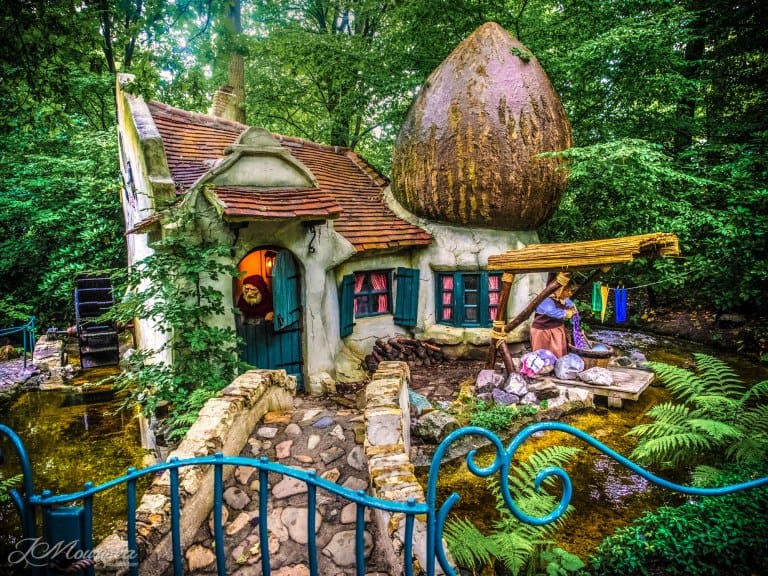
Efteling is a fantasy-themed amusement park in Kaatsheuvel, the Netherlands. The attractions reflect elements from ancient myths and legends, fairy tales, fables, and folklore. The park was opened on May 31, 1952. It evolved from a nature park with a playground and a Fairytale Forest into a full-sized theme park.

Madurodam is a miniature park and tourist attraction in the Scheveningen district of The Hague in the Netherlands. It is home to a range of 1:25 scale model replicas of famous Dutch landmarks, historical cities, and large developments.

The Van Gogh Museum is a Dutch art museum dedicated to the works of Vincent van Gogh and his contemporaries in the Museum Square in Amsterdam South, close to the Stedelijk Museum, the Rijksmuseum, and the Concertgebouw.

The Torture Museum in Amsterdam, reveals the dark history of a time when justice was meted out by sticks and spikes. It is composed of a few darkly lit corridors and prints displaying tortures throughout the past. These prints are explained in a variety of languages for all types of visitors.
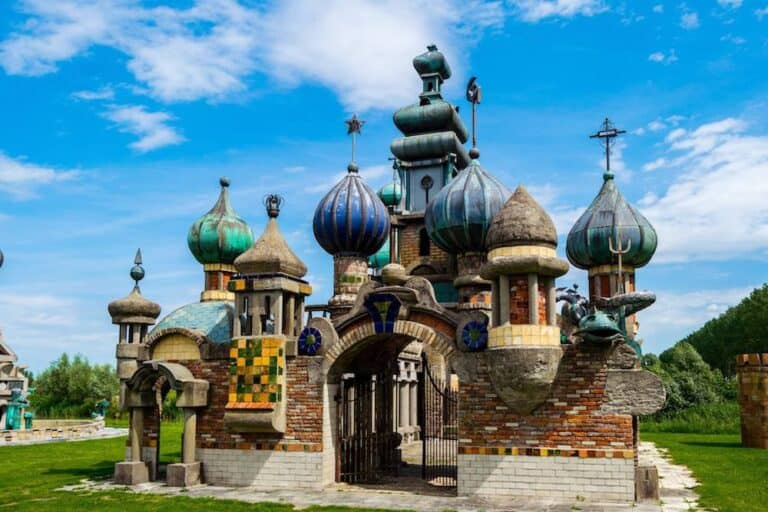
This miniature take on the Kremlin is one Dutch man’s retirement project. Ger Leegwater, a retired sheet metal worker, began building this colorful installation in 1990, just outside the town of Winkel in the Dutch province of North Holland. Leegwater is not an architect, he’s just an enthusiast. While the bulbous domes and bright colors of his project invite comparison to the Russian Kremlin, this is not quite a replica. Instead, inspired by classical and Russian Orthodox architecture, Leegwater began using his newly-acquired free time to coax sheet metal and recycled materials into something he was excited about.
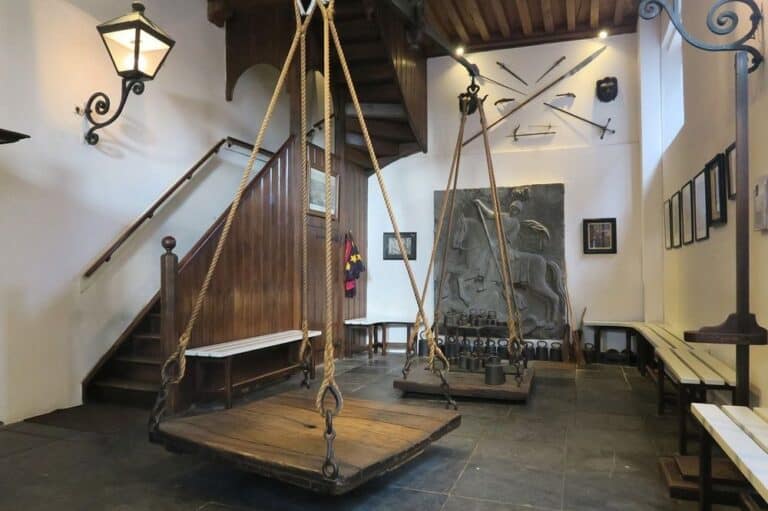
In the small Netherlands’ town of Oudewater there is a historic weigh-house, not unlike a number of similar buildings around the Netherlands, except this one is known primarily for weighing witches. A weigh-house was a common feature of medieval townships, used as a central site where people could come to weigh their crops and livestock. They were generally publicly run, used to levy tax amounts on goods as well. As witch hunts became a popular hysteria, they also became the perfect spots to subject the accused to a witchcraft test. Witches were thought to be light enough to float on water, and a common test of, uh, witchitude, was to put the accused on the weigh house scale and see the results. They were generally rigged and countless innocents burned or drowned thanks to the superstitious test.
Accommodation:
Hotel or Hostel (single): $33
Double-occupancy room: $66
Food
Meals for one day: $16
Afternoon tea: $7.30
Transportation
Taxis, local buses, train: $10
Intercity: $17
Taxi ride: $12
Single-day transit pass: $3.17
Transit pass to Amsterdam airport: $4.14
Ride of the tram: $3.90
Renting a bike: $18
Entertainment
Entrance tickets & shows: $7.10
1-hour canal cruise: $12
Tickets to the Houseboat Museum for 2: $7.30
Anne Frank House entry for 2: $21
Tips & Handouts
Guides & service providers: $1.69
Scams, robberies, & mishaps: $91
Alcohol
Drinks for one day: $7.13
Water
Bottled water for one day: $2.37
Accommodation
Hotel or rental home (single): $83
Double-occupancy room: $245
Food
Meals for one day: $37
Afternoon tea: $7.30
Transportation
Taxis or Car rental: $27
Intercity: $43
Taxi ride: $12
Single-day transit pass: $3.17
Transit pass to Amsterdam airport: $4.14
Ride of the tram: $3.90
Renting a bike: $18
Entertainment
Entrance tickets & shows: $17
1-hour canal cruise: $12
Tickets to the Houseboat Museum for 2: $7.30
Anne Frank House entry for 2: $21
Tips & Handouts
Guides & service providers: $4.30
Scams, robberies, & mishaps: $91
Alcohol
Drinks for one day: $17
Water
Bottled water for one day: $5.43
Accommodation
Resort or hotel (single): $211
Double-occupancy room: $421
Food
Meals for one day: $82
Afternoon tea: $7.30
Transportation
Car Rentals or private driver: $75
Intercity: $105
Taxi ride: $12
Single-day transit pass: $3.17
Transit pass to Amsterdam airport: $4.14
Ride of the tram: $3.90
Renting a bike: $18
Entertainment
Entrance tickets & shows: $38
1-hour canal cruise: $12
Tickets to the Houseboat Museum for 2: $7.30
Anne Frank House entry for 2: $21
Tips & Handouts
Guides & service providers: $11
Scams, robberies, & mishaps: $91
Alcohol
Drinks for one day: $35
Water
Bottled water for one day: $10
When planning for your trip to The Netherlands, don’t forget about travel insurance! You never know what might happen and it’s better to be safe than sorry.

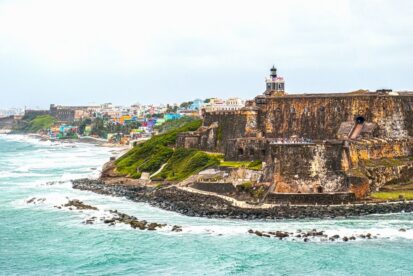


Interested in traveling the world while getting paid? Here at Diversifying Globetrotters LLC, we are partnered with Melanin On The Map and Travel Coach Network to help people across the world find financial, personal, and time freedom. Join the hundreds of others making the change to better themselves while exploring the world and adding money to their pockets.